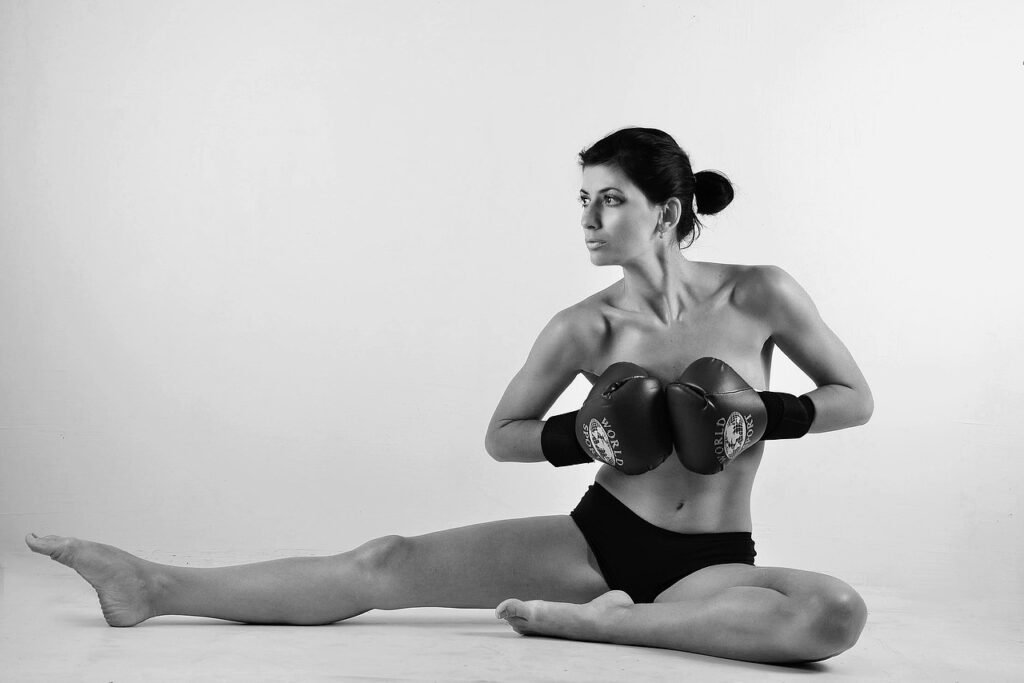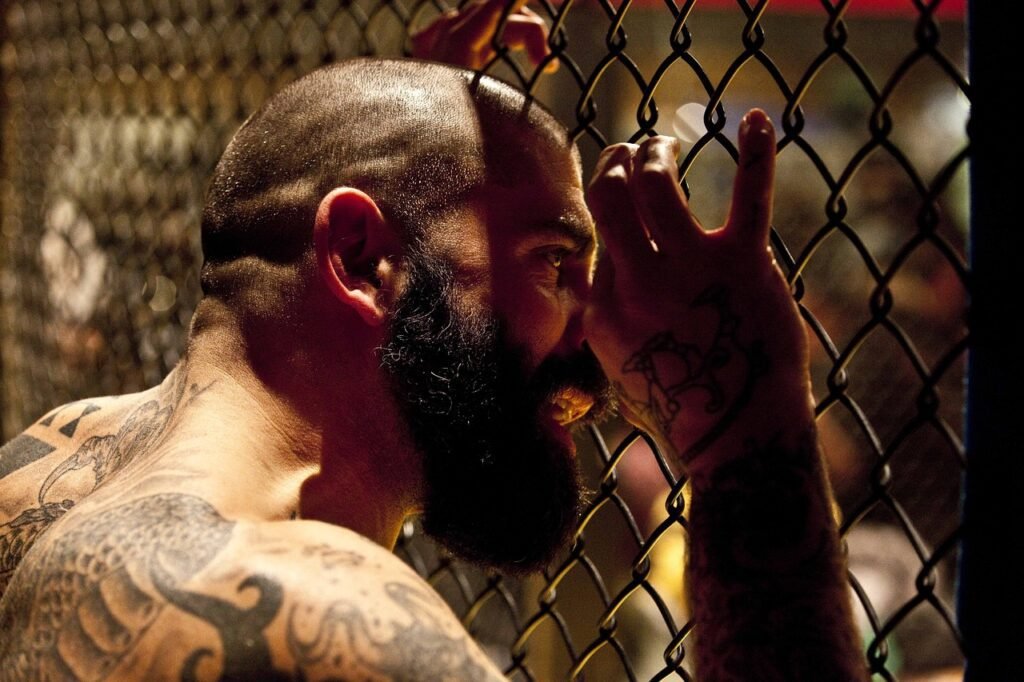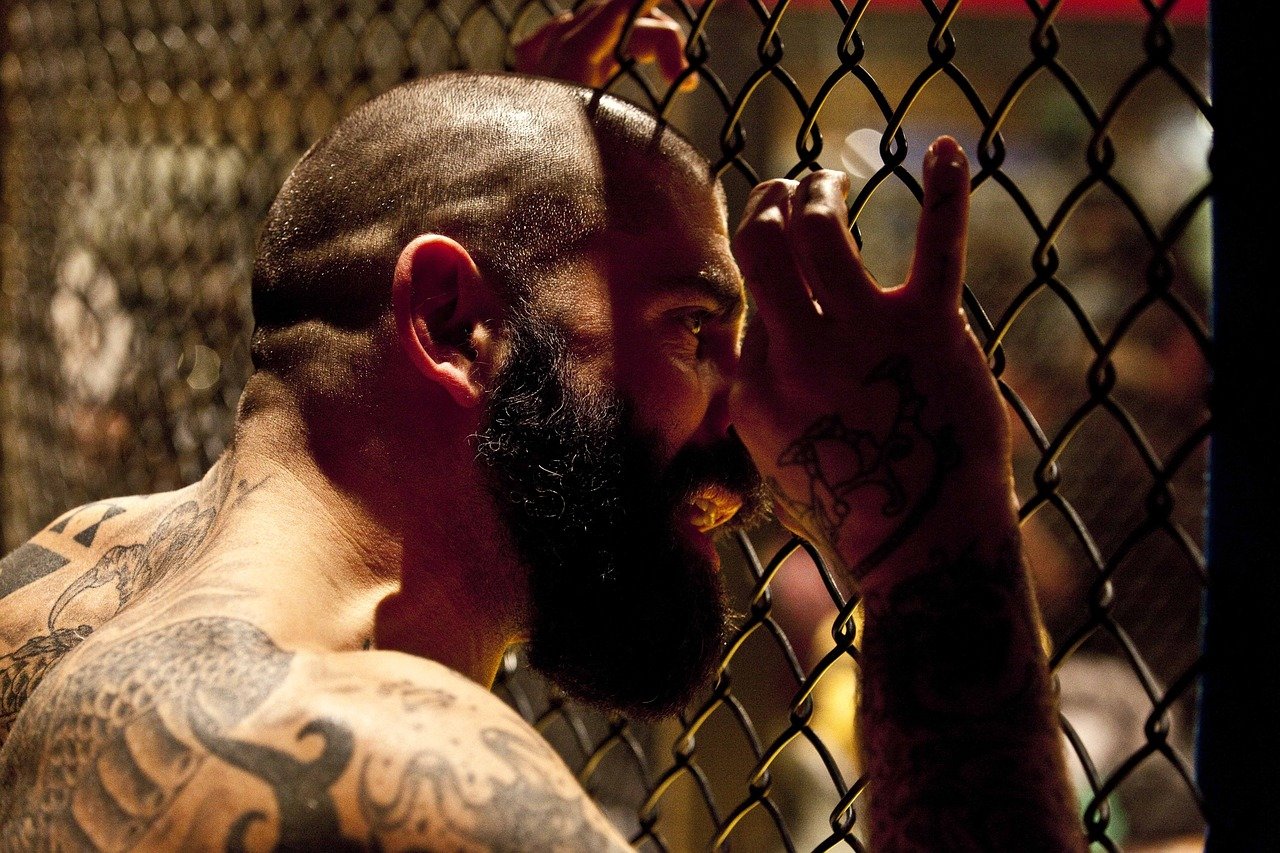Welcome to “Redefining Your Ground Game,” where you’ll discover fresh strategies to elevate your skills and reshape the way you approach challenges. This article invites you to explore new techniques and mindset shifts that will enhance your performance on and off the field. Whether you’re a seasoned player or just starting out, the insights offered here will empower you to redefine your game, bringing renewed confidence and effectiveness to every move you make. Dive in and start transforming your ground game today! Have you ever found yourself struggling to control or dominate in your ground game during a competitive sports match or a martial arts sparring session? Ground game strategies are essential in sports like MMA, Brazilian Jiu-Jitsu, and even wrestling. Redefining your ground game can not only help you gain an upper hand but also boost your overall performance and confidence.
Understanding the Basics: What is Ground Game?
Ground game refers to the strategies and techniques employed when you and your opponent are on the ground. Whether you’re trying to control, submit, or escape, the ground game plays a crucial role. Mastering it can make the difference between winning and losing.
Why the Ground Game is Crucial
The ground game is often overlooked by beginners who may focus more on striking or stand-up techniques. Nevertheless, fights and matches will often go to the ground. When this happens, having a solid understanding of what to do can be a game-changer.
Fun Fact: Did you know that over 50% of MMA fights end up on the ground? That’s a significant portion of the contest where your ground skills come into play.
Key Elements of an Effective Ground Game
To redefine your ground game, you need to understand its key components. Let’s break it down:
Positioning
Positioning is the cornerstone of a strong ground game. Much like a chess match, your position can dictate your next move and your chances of success.
| Position Type | Description |
|---|---|
| Guard | Both fighters are on the ground, with one on their back using their legs to control the other. |
| Mount | The dominant fighter sits or lies on top of the opponent. |
| Side Control | The dominant fighter is perpendicular to the opponent, controlling them from the side. |
| Back Control | The dominant fighter is behind their opponent, often looking to secure a choke. |
Control
Controlling your opponent is essential to maintain a dominant position or to work towards a submission.
- Grip Control: Strong grip control helps you keep your opponent in place.
- Weight Distribution: Properly distributing your weight can keep your opponent pinned.
- Leverage: Use your body mechanics to control your opponent effectively.
Submissions
Submissions are techniques designed to end the fight either by forcing the opponent to tap out or by incapacitating them.
Common Submissions:
- Armbar: Hyperextends the opponent’s elbow.
- Triangle Choke: Uses the legs to cut off blood flow to the head.
- Rear Naked Choke: Applies pressure on both sides of the neck, cutting off blood and air supply.
Escapes and Reversals
Knowing how to escape from a bad position or reverse the situation is vital. Escapes can turn the tide of the battle and give you an advantage.
Some effective escapes include:
- Hip Escapes: Move your hips to create space.
- Bridge and Roll: Use your body weight to flip the opponent.
- Sweeps: Use leverage to reverse positions.

Techniques to Master
No matter your level, you can always refine your techniques. Here are some to master, categorized by their effectiveness and complexity.
Beginner Techniques
- Shrimping (Hip Escape): A foundational maneuver where you create space between you and your opponent.
- Bridging: Use your body to disrupt the opponent’s balance.
- Closed Guard Control: Basic leg position to keep your opponent in place.
Intermediate Techniques
- Scissor Sweep: Leverage your opponent’s weight to flip them.
- Kimura Lock: A shoulder lock that’s a staple in many martial arts.
- Guard Passes: Techniques to move from inside your opponent’s guard to a more dominant position.
Advanced Techniques
- Berimbolo: A modern sweeping technique used to take the back.
- Electric Chair: A powerful sweep and submission combo.
- Leg Locks: Advanced lower-body submissions requiring intricate knowledge.
Strength and Conditioning for a Powerful Ground Game
A strong ground game is not just about technique; it’s also about physical conditioning. Here are some areas to focus on:
Core Strength
A strong core is essential for stability and powerful movements.
- Planks
- Russian Twists
- Medicine Ball Slams
Grip Strength
Your grip can make or break your control on the mat.
- Farmer’s Carry
- Dead Hangs
- Towel Pull-Ups
Cardiovascular Endurance
Endurance is critical for sustaining effort throughout the match.
- Interval Training
- Steady-State Cardio
- Circuit Training

Psychological Aspects of a Strong Ground Game
Mindset plays an equally important role. Confidence and mental toughness can be the key to unlocking your potential.
Visualization Techniques
Visualizing success can positively impact your performance. Spend a few minutes each day picturing yourself successfully executing techniques and strategies.
Stress Management
Learning how to manage stress can help you stay calm under pressure. Techniques like deep breathing and mindfulness can be beneficial.
Consistent Practice and Sparring
Lastly, consistent practice and real-world application through sparring are crucial. The more you practice, the more natural these techniques will become, making you more prepared for actual competition.
Practical Drills to Improve Your Ground Game
Incorporate these drills into your training to see immediate improvements.
Drill for Positioning:
Drill Name: Guard Retention Objective: Improve the ability to retain guard position.
Instructions:
- Partner starts in your guard.
- Work to retain the guard while your partner attempts to pass.
- Switch roles after a set time (e.g., 3 minutes).
Drill for Control:
Drill Name: Side Control Switches Objective: Enhance control while transitioning in side control.
Instructions:
- Start in side control.
- Transition to north-south and then to the other side control.
- Maintain your weight and control during transitions.
Drill for Submissions:
Drill Name: Submission Chain Objective: Develop fluidity in chaining submissions together.
Instructions:
- Start with one submission, such as an armbar.
- If the partner defends, transition seamlessly to another, like a triangle choke.
- Practice flowing between multiple submission attempts.
Drill for Escapes and Reversals:
Drill Name: Escape Drill Objective: Improve ability to escape from dominant positions.
Instructions:
- Partner starts in mount or side control.
- Work on your escapes or reversal techniques.
- Switch roles and repeat.

Periodization and Training Plans
Planning your training can help you systematically improve your ground game skills.
Monthly Training Focus
| Week | Focus | Activities |
|---|---|---|
| 1 | Fundamentals | Basic drills, foundational techniques |
| 2 | Intermediate Skills | Introduce intermediate techniques, situational sparring |
| 3 | Advanced Techniques | Advanced drills, focus on transitions |
| 4 | Sparring and Review | Full sparring sessions, review and reflect |
Balancing Drills and Sparring
It’s essential to balance the time you spend on drills and actual sparring. Drills refine the techniques, while sparring applies them in a real-world context.
| Activity | Time Allocation |
|---|---|
| Drills | 60% |
| Sparring | 40% |
Review and Adjust
Review your performance regularly and adjust your training plan accordingly. Self-assessment and feedback from instructors or sparring partners can provide valuable insights.
Conclusion
Redefining your ground game is a continuous journey that requires dedication, practice, and the right mindset. By focusing on positioning, control, submissions, escapes, and maintaining strong physical and mental conditioning, you can significantly improve your ground game.
Don’t forget to incorporate practical drills into your training routine and maintain a balance between drilling techniques and sparring. With a structured training plan and consistent effort, you’ll not only redefine your ground game but also elevate your overall performance.
Stay committed to your growth, and remember, every small step forward is a step towards mastery. Happy training!

